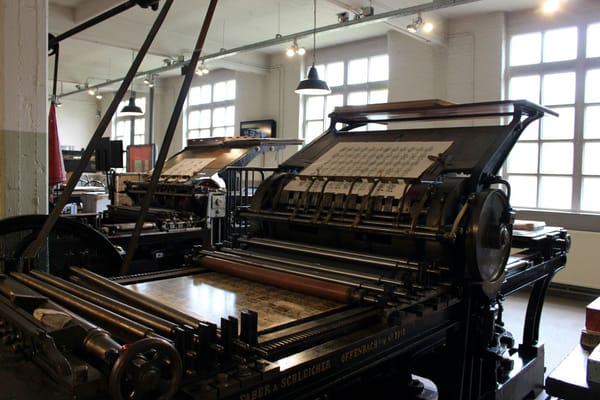How to Use Comas

The Comma (not to be confused with coma) is a punctuation mark that is often misused. Poor comma. In this article, I will tell you how to use the comma properly, so you don't make it sad.
First, the comma is used to separate items in a list. For example, you can use this for a shopping list:
Jim has to buy milk, eggs, and ham.
Second, the comma is used to separate coordinating adjectives, so people don't confuse them for one adjective instead of more than one. For example,
Jim ate a juicy, cheesy burger.
Instead of:
Jim ate a juicy cheesy burger (writing this was so cringe).
Third, the comma is used to separate coordinating conjunctions. For example:
Jim went to the store to buy groceries, but ended up being kicked out for arguing with the clerk over the rising prices.
Fourth, the comma is used to separate dependent clauses. For example:
Because Jim argued with the clerk, he was thrown out of the store.
Fifth, the comma is used to separate conditional clauses. For example:
If Jim doesn't manage to get groceries, he will curl up on the floor and start making moaning sounds.
Sixth, the comma separates appositives. For example:
Jim's friends, Bob and Jones, came to help him.
Seventh, the comma comes after introductory phrases. For example:
Because Jim managed to get back inside the store, he could buy groceries.
Eighth, the comma comes after interjections. For example:
Finally, Jim had gotten the groceries!
Ninth, the comma comes after a direct address. For example:
Bob said: “Jim, how did you get kicked out of the store?”
Tenth, the comma comes after a title. For example:
The Story of Jim, a book by Jim.
Eleventh, the comma separates the day of the month from the year although the forward slash (/) is usually used instead. For example:
On 01,17,18, Technoblade lost his win streak.
On 01/17/18, Technoblade lost his win streak.
Twelfth, the comma separates numbers greater than 999. For example:
2,147,483,647
Thirteenth, the comma is used to separate cities from states. For example:
Knoxville, Tennessee.
Fourteenth, the comma comes after abbreviations. For example:
e.g., red and green.
Fifteenth, the comma comes before quotations. For example:
Jim said, “I argued with the clerk.”




